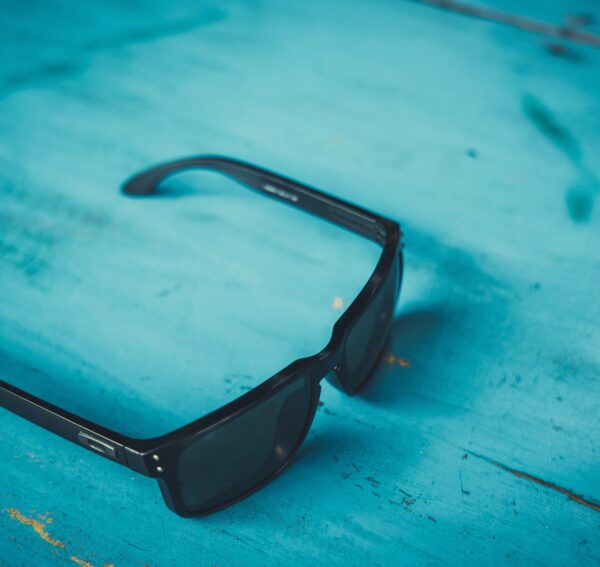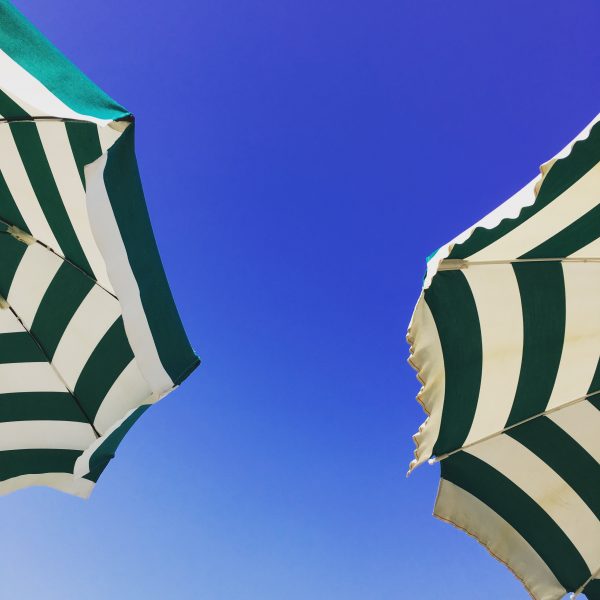Victorian educators use downtime to upskill in sun protection, Cancer Council says

Having spent a large part of 2020 indoors thanks to extreme social distancing measures, Victorian early childhood education and care (ECEC) educators have “flocked” to the Cancer Council’s online learning platform Generation SunSmart in record numbers to upskill in sun protection and be ready for rising UV levels.
Generation SunSmart, developed to help improve the UV and sun protection knowledge of educators, saw an overwhelming uptake in registrations with a year to date increase of 248 per cent year on year (1,392 to 3,456 registrations). The months of July and August, typically slower months, saw a 450 per cent increase year on year (341 to 1,590 registrations).
Heather Walker, Head of SunSmart said the number of registrations was extremely encouraging and timely with Victorian schools and early childhood services starting their return at a time when UV levels regularly climb above three, the point at which sun protection is required.
“We’re thrilled to see the large number of educators taking the initiative to improve their knowledge of UV and understanding of sun protection practices. Educators play a critical role in educating, role modelling and helping to protect children when they’re most vulnerable outside the home,” she added.
“The numbers also reflect how seriously Victorian educators are taking their duty of care in helping to protect the next generation.”
Sun exposure during the first 15 years of life determines, to a large extent, the lifetime potential for skin cancer. Reducing UV exposure in the early years reduces the risk of skin cancer late in life, the Cancer Council notes.
Skin cancer is one of the most prevalent forms of cancer in Australia with two in three Australians being diagnosed by the age of 70. Melanoma, the deadliest form of skin cancer, is the most common cancer among Australian adolescents and young adults aged 15 to 24 years, accounting for almost 15 per cent of all new cancers.
Despite its prevalence, skin cancer is also one of the most preventable forms of cancer.
“Children are exposed to the sun during peak UV times of day for all outdoor activities including recess and lunchtime. When the UV is 3 and above, schools and early childhood services are advised that children should be using the five forms of sun protection” Ms Walker said.
“Careful sun protection at all ages when the UV is 3 and above drastically reduces the risk of skin cancer – and starting those practices early in life is the best form of prevention.”
With educators taking positive steps towards protecting the next generation, Ms Walker highlighted that sun protection was a shared responsibility between school, care and home.
“As a result of lockdown, children are likely to be out of practice with sun protection routines – particularly when it comes to sunscreen application. Although educators play an important role in encouraging good sun protection, teachers at school are not expected to apply sunscreen to the children.”
“If children are over three years, we’d encourage parents to have a few practices applying sunscreen with them at home so they’ll be ready to confidently do it on their own,” she added.
SunSmart tips for parents in preparing children for early childhood services and school include:
- Look for clothing that covers as much skin as possible. SLIP on clothing with tighter weaves, higher necklines and longer style sleeves and legs. Get involved in the uniform committee if the school uniform doesn’t meet Australian standards.
- Apply a generous amount of SPF30 or higher, broad spectrum, water resistant sunscreen 20 minutes before drop-off. Provide permission for sunscreen to be reapplied during the day, pack it in your child’s bag and teach them to SLOP on their own sunscreen so they can do it independently.
- Pack your child’s clearly labelled sun protective hat each day. Children need to SLAP on a broadbrim, bucket or legionnaire style hat that shades the face, neck and ears.
- Encourage your child to SEEK shady spots for play.
- If approved by the school or service encourage your child to SLIDE on close fitting, wrap-around sunglasses that cover as much of the eye area as possible and meet the Australian Standards.
For more specific tips on sun protection for parents, carers, schools and early childhood services visit sunsmart.com.au
Popular

Workforce
Quality
Research
When did it start to go wrong?
2025-12-18 08:00:46
by Fiona Alston

Quality
Practice
Research
Curiouser and Curiouser: What Alice helps us see about who should teach
2025-12-19 07:15:35
by Contributed Content

Quality
Provider
Research
A call to action for Early Childhood: Accountability and transparency in the National Strategy to prevent child abuse annual report 2025
2025-12-18 07:00:37
by Fiona Alston















